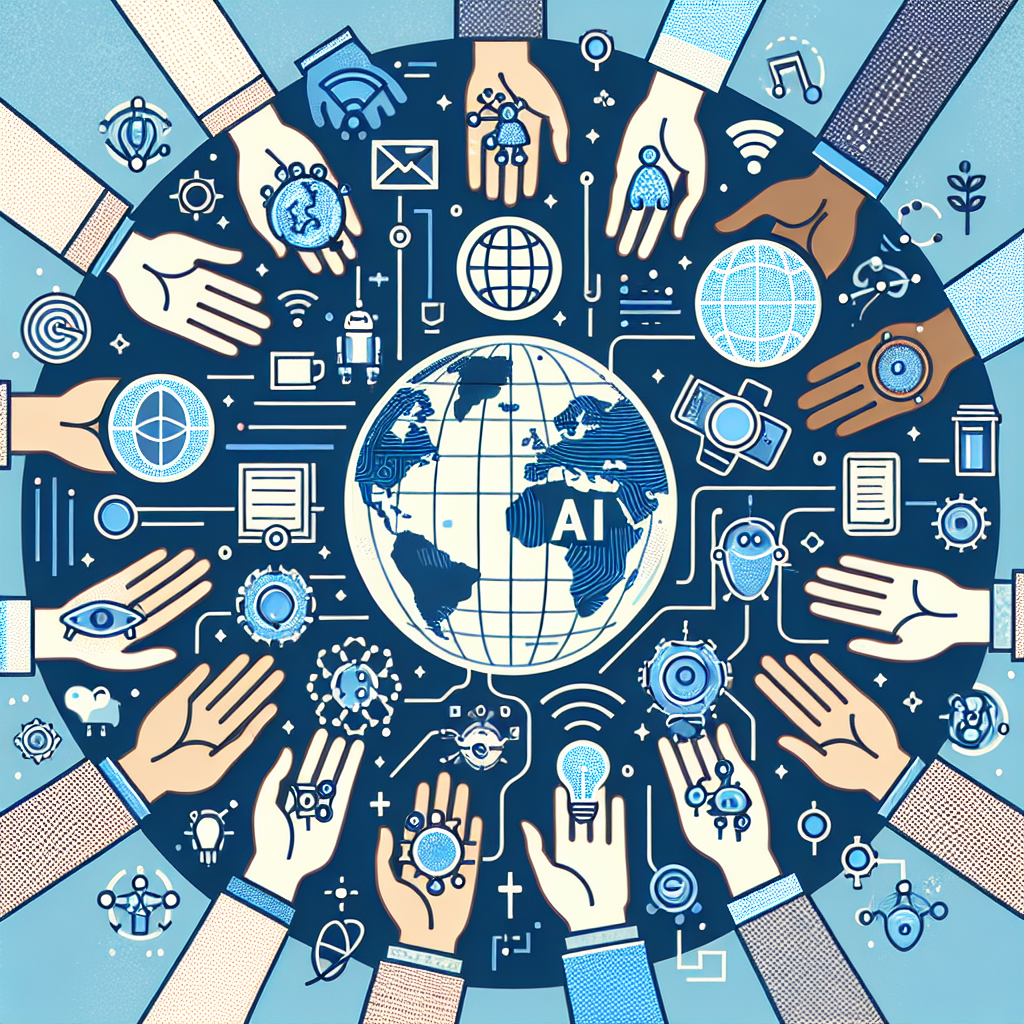Addressing Bias and Discrimination in AI Technologies
Artificial Intelligence (AI) technologies have become increasingly integrated into various aspects of our lives, from healthcare to finance to transportation. While AI has the potential to revolutionize industries and improve efficiency, there are growing concerns about bias and discrimination within these technologies. As AI systems are created and trained by humans, they can inherit and perpetuate the biases and prejudices that exist in society. Addressing bias and discrimination in AI technologies is crucial to ensuring fair and equitable outcomes for all individuals.
Understanding Bias and Discrimination in AI
Bias in AI refers to the systematic and unfair favoritism or prejudice towards certain groups or individuals, leading to inaccurate or discriminatory outcomes. This bias can manifest in various ways, such as racial, gender, or socioeconomic bias. Discrimination in AI occurs when individuals are unfairly treated based on their characteristics, such as race, gender, or age.
There are several factors that contribute to bias and discrimination in AI technologies. One key factor is the lack of diverse representation in the development and training of AI systems. If the data used to train AI systems is not diverse and inclusive, the algorithms may learn and perpetuate biases present in the data. Additionally, the design and implementation of AI systems, as well as the decision-making processes, can also contribute to bias and discrimination.
Addressing Bias and Discrimination in AI Technologies
To address bias and discrimination in AI technologies, it is essential to take a multi-faceted approach that involves various stakeholders, including policymakers, researchers, developers, and users. Here are some strategies that can help mitigate bias and discrimination in AI technologies:
1. Diverse and Inclusive Data: Ensuring that the data used to train AI systems is diverse and representative of different groups is crucial to reducing bias. This may involve collecting and labeling data from diverse sources and perspectives, as well as regularly monitoring and auditing the data to identify and address bias.
2. Fair and Transparent Algorithms: It is important to develop AI algorithms that are fair, transparent, and accountable. This may involve using techniques such as explainable AI, which can provide insights into how AI systems make decisions and identify potential sources of bias.
3. Ethical and Responsible AI Development: Promoting ethical and responsible AI development practices can help prevent bias and discrimination. This may involve creating guidelines and frameworks for AI developers to follow, as well as implementing mechanisms for auditing and evaluating AI systems for bias.
4. Diversity and Inclusion in AI Teams: Increasing diversity and inclusion within AI development teams can help bring different perspectives and insights to the table. This can help identify and address bias in AI technologies from the early stages of development.
5. Education and Awareness: Educating stakeholders about bias and discrimination in AI technologies can help raise awareness and promote a culture of inclusivity. This may involve providing training and resources on bias mitigation strategies, as well as promoting discussions and collaborations among different stakeholders.
Frequently Asked Questions (FAQs)
Q: How can bias and discrimination in AI technologies impact individuals and communities?
A: Bias and discrimination in AI technologies can lead to unfair and discriminatory outcomes for individuals and communities. This can result in unequal access to opportunities, services, and resources, as well as perpetuate existing inequalities and prejudices in society.
Q: What are some examples of bias and discrimination in AI technologies?
A: Examples of bias and discrimination in AI technologies include gender bias in hiring algorithms, racial bias in facial recognition systems, and socioeconomic bias in predictive policing algorithms. These biases can result in harmful and discriminatory outcomes for marginalized groups.
Q: How can stakeholders work together to address bias and discrimination in AI technologies?
A: Stakeholders can work together to address bias and discrimination in AI technologies by promoting diversity and inclusion in AI development teams, ensuring diverse and inclusive data for training AI systems, developing fair and transparent algorithms, promoting ethical and responsible AI development practices, and educating stakeholders about bias mitigation strategies.
Q: What are some challenges in addressing bias and discrimination in AI technologies?
A: Some challenges in addressing bias and discrimination in AI technologies include the complexity of AI systems, the lack of diverse representation in AI development teams, the rapid pace of technological advancements, and the need for ethical and responsible AI development practices. However, by working together and taking a multi-faceted approach, stakeholders can overcome these challenges and create fair and equitable AI technologies.
In conclusion, addressing bias and discrimination in AI technologies is crucial to ensuring fair and equitable outcomes for all individuals. By taking a multi-faceted approach that involves diverse stakeholders and promotes ethical and responsible AI development practices, we can mitigate bias and discrimination in AI technologies and create a more inclusive and equitable future for all.

